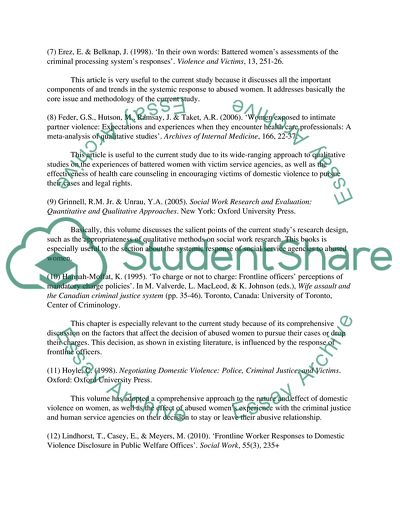Cite this document
(Analysis of Books about the Domestic Violence Research Paper, n.d.)
Analysis of Books about the Domestic Violence Research Paper. Retrieved from https://studentshare.org/social-science/1750712-women-are-often-revictimized-when-they-report-domestic-violence
Analysis of Books about the Domestic Violence Research Paper. Retrieved from https://studentshare.org/social-science/1750712-women-are-often-revictimized-when-they-report-domestic-violence
(Analysis of Books about the Domestic Violence Research Paper)
Analysis of Books about the Domestic Violence Research Paper. https://studentshare.org/social-science/1750712-women-are-often-revictimized-when-they-report-domestic-violence.
Analysis of Books about the Domestic Violence Research Paper. https://studentshare.org/social-science/1750712-women-are-often-revictimized-when-they-report-domestic-violence.
“Analysis of Books about the Domestic Violence Research Paper”, n.d. https://studentshare.org/social-science/1750712-women-are-often-revictimized-when-they-report-domestic-violence.


